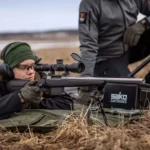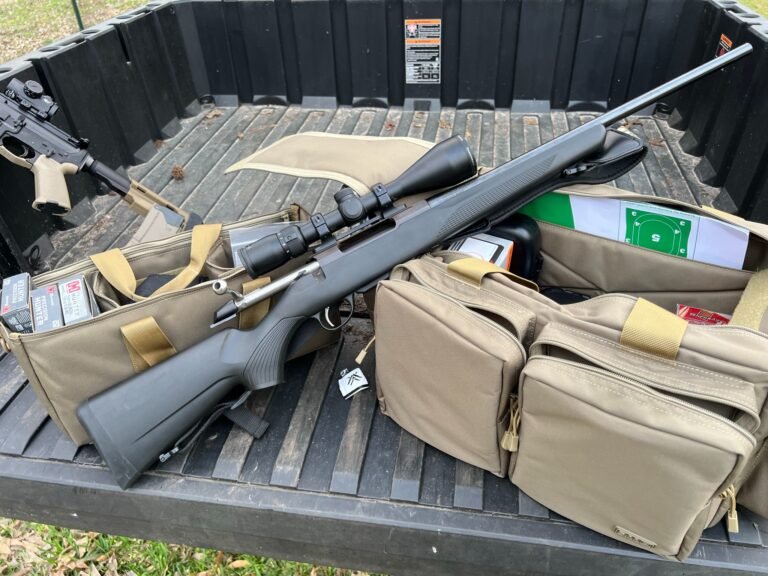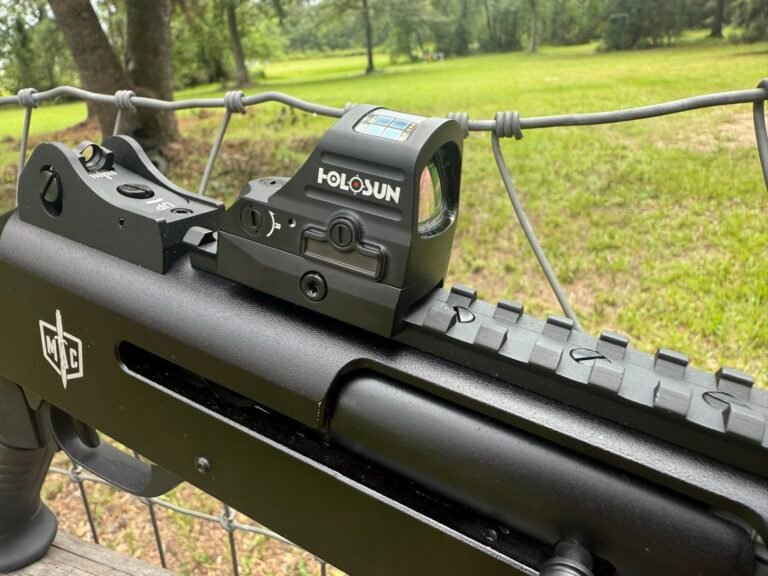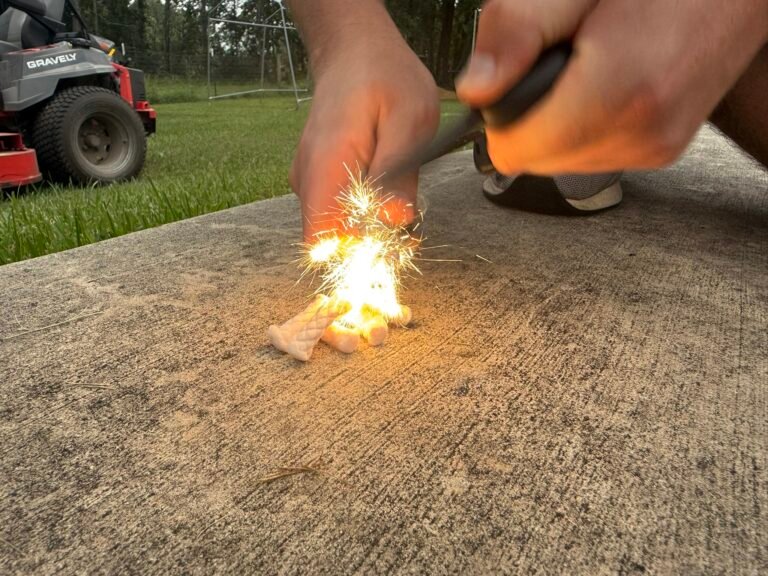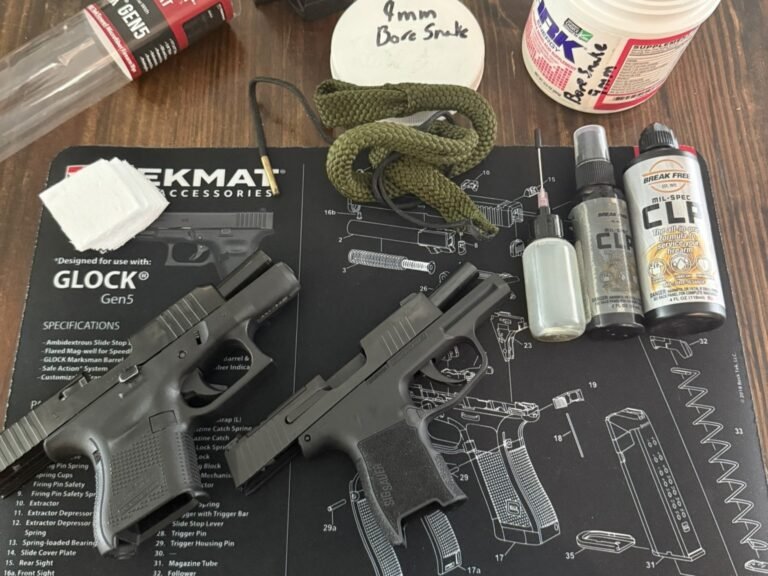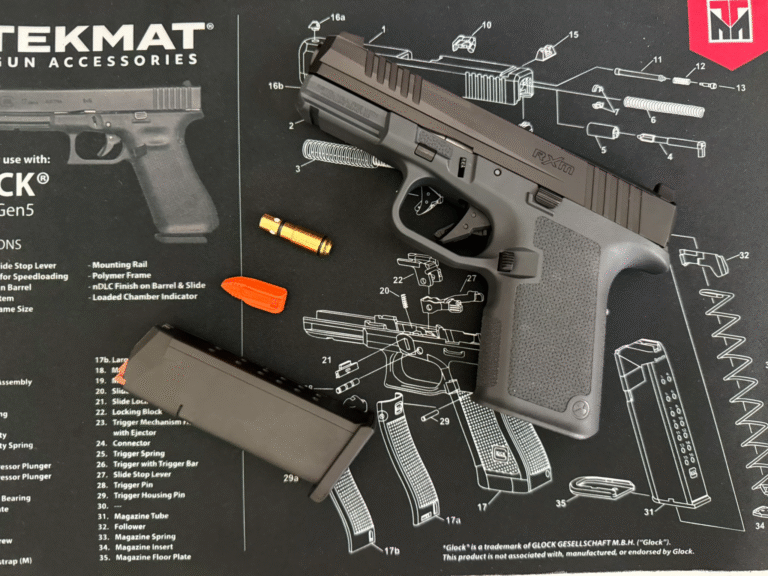The 4 Rules of Gun Safety: And How to Make Them a Habit
Learn the 4 rules of gun safety and how to make them second nature. This practical guide for new and experienced shooters covers safe gun handling, dry fire drills, and teaching kids gun safety.
- Introduction
- Rule #1: Treat All Firearms as If They Are Loaded
- Rule #2: Never Point a Firearm at Something You Are Not Willing to Destroy
- Rule #3: Keep Your Finger Off the Trigger Until Your Sights Are on the Target
- Rule #4: Know Your Target and What Is Beyond It
- Making Gun Safety a Habit: Train Like It Matters
- Safe Gear Is Part of Safe Habits
- Last Words: Safety Is a Lifestyle
Some of the links in this post are affiliate links. That means if you buy something, I might earn a small commission — it doesn’t cost you anything extra, and it helps keep the content coming.
Introduction
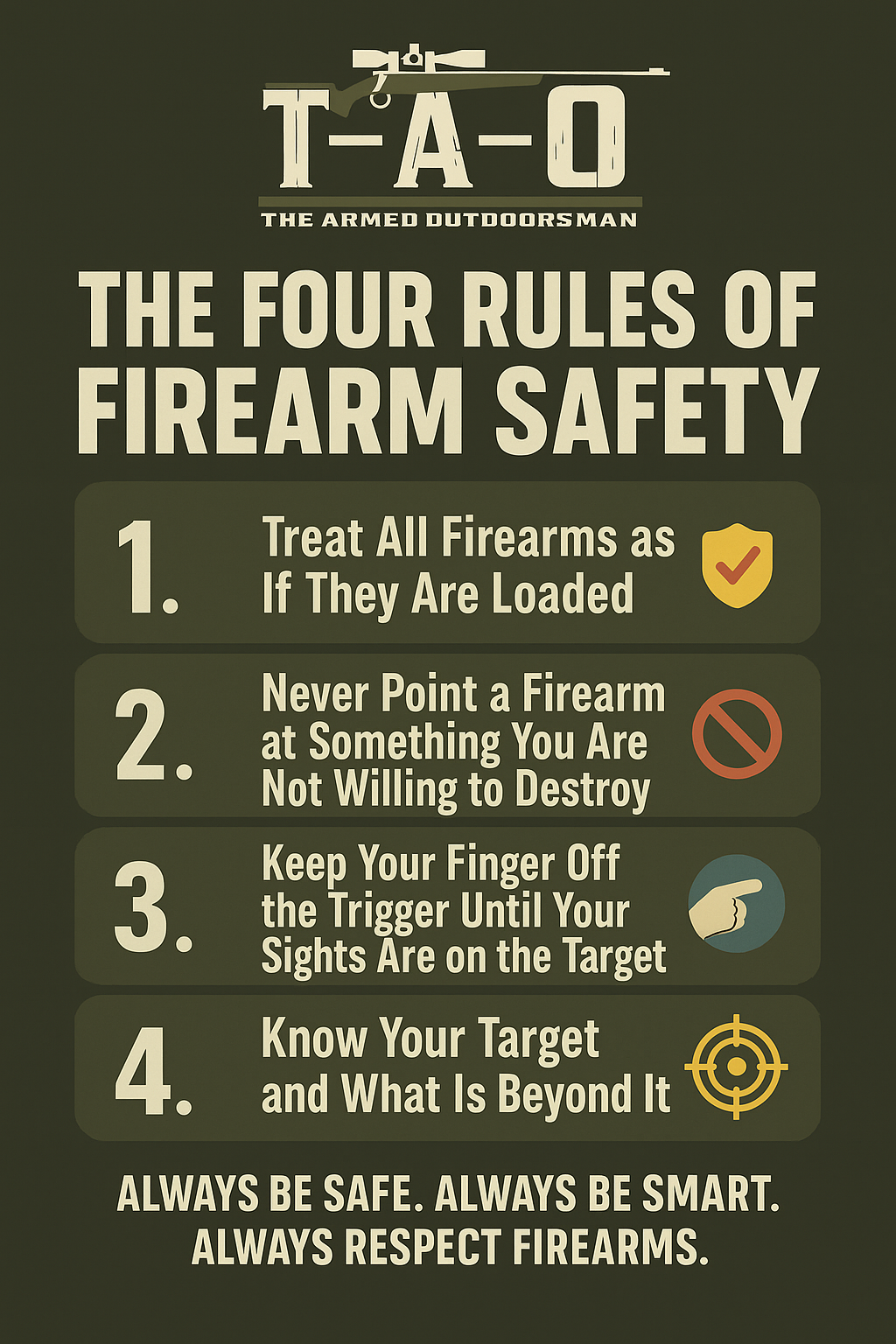
If you only memorize four things as a gun owner, make it these rules.
The Four Rules of Gun Safety aren’t just guidelines; they’re the foundation of everything we do as responsible shooters. Whether you’re teaching a child, taking your first concealed carry course, or heading to the range for the hundredth time, these rules are non-negotiable. And once they become second nature, they protect lives, preserve rights, and build confidence.
Let’s walk through each rule and then discuss how to actually live by them.
Rule #1: Treat All Firearms as If They Are Loaded
Even when you’re “sure” it’s unloaded. Even when someone “just cleared it.” Even when it’s disassembled on a bench, assume it’s loaded until you’ve personally confirmed otherwise.
This mindset might seem excessive, but it creates consistency. If you always assume a gun is loaded, you never become careless when handling it. You’ll never point it at something you don’t intend to destroy (see Rule #2) or put your finger on the trigger just because you’re distracted.
Habit Tip:
Start every interaction with a firearm by clearing it, even if you just put it down seconds ago. Build the muscle memory of:
– Ejecting the mag
– Locking the slide or bolt back
– Visually and physically checking the chamber
Rule #2: Never Point a Firearm at Something You Are Not Willing to Destroy
This rule isn’t just about avoiding pointing guns at people (though that’s the obvious part). It also includes furniture, pets, vehicles, your own feet, and even the floor in an apartment with neighbors below.
You’re responsible for your muzzle 100% of the time, whether the gun is “loaded” or not.
Real-World Example:
Reddit is full of examples of people cleaning their firearms and thinking it was unloaded. Muzzle toward the wall or floor, and accidentally discharged a round into their neighbor’s apartment or the next room of the house. The vast majority of the time, everyone is safe, but there can be legal issues.
Habit Tip:
Treat your muzzle like a laser pointer. Imagine it always leaving a glowing red trail everywhere it points. That visual helps you catch lazy habits like letting your barrel droop or sweeping others when you turn.
Rule #3: Keep Your Finger Off the Trigger Until Your Sights Are on the Target
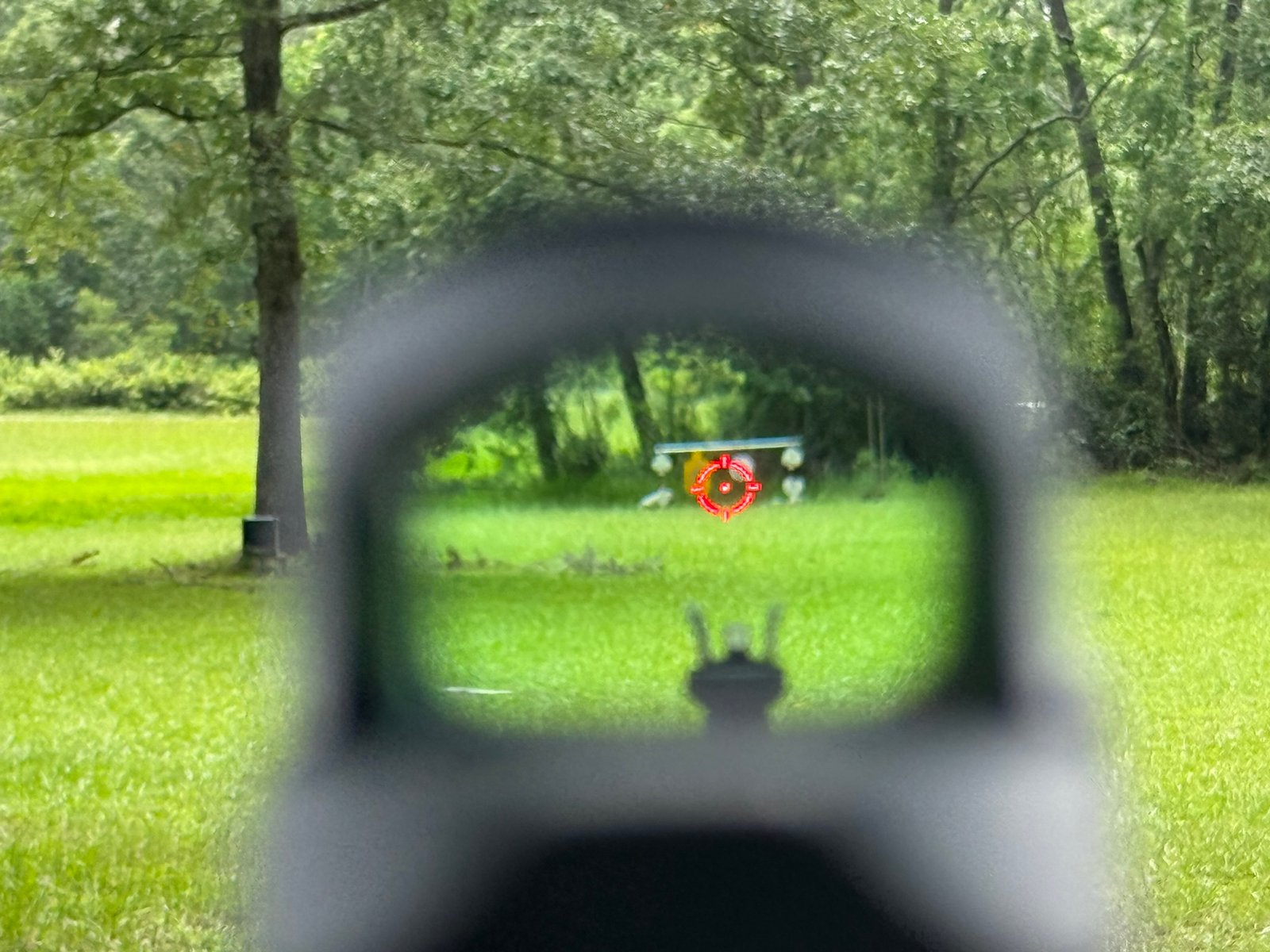
Your finger is your last line of defense. Until your sights are on the target and you’ve made the conscious decision to fire, that trigger needs to stay untouched.
Trigger discipline is something you can, and should, practice even with an empty gun.
Dry Fire Drill:
Unload your gun. Double-check. Triple-check. Practice drawing, shouldering, or presenting your firearm without ever touching the trigger. Keep your finger indexed straight along the frame or slide. Repeat until it feels weird not to do it.
You’re training your brain to equate “trigger = go time.” That kind of conditioning could save a life.
Rule #4: Know Your Target and What Is Beyond It
This rule covers a lot:
– Identifying your target (Is it a hog… or your buddy’s black lab?)
– Knowing what’s behind it (fence line, hiking trail, neighbors)
– Understanding what your round will do if it misses or over-penetrates
In home defense situations, this rule becomes critical. Drywall doesn’t stop bullets. Neither does a neighbor’s window.
Habit Tip:
Before you shoot, ask:
– What am I aiming at?
– What if I miss?
– What’s behind it?
– What’s beyond that?
For hunters, this means taking your time before pulling the trigger. For home defenders, it means training with lights, angles, and cover. For everyone, it means slowing down and thinking before reacting.
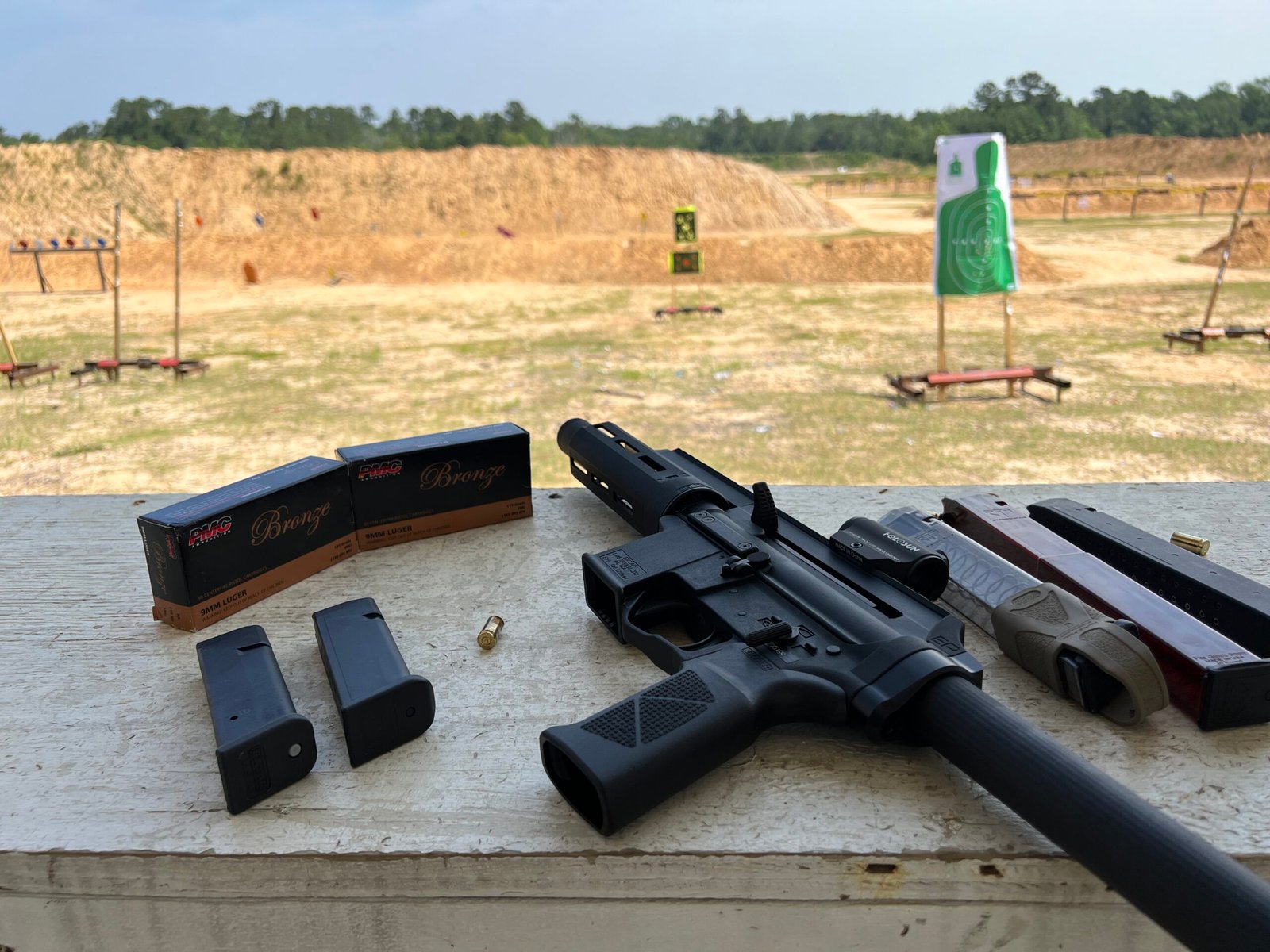
Making Gun Safety a Habit: Train Like It Matters
Knowing the rules isn’t enough; you’ve got to build them into your behavior. Here’s how to make these habits stick:
1. Create Mental Checklists
Before handling a gun, pause and mentally review:
– Is it loaded?
– Where is it pointed?
– Is my finger off the trigger?
– What’s around me?
2. Build Muscle Memory
Repetition is key. Practice unloading, checking chambers, pointing in safe directions, and trigger discipline with dry fire sessions and range days.
Set up a dry fire routine:
– 5 minutes daily
– Use dummy rounds or snap caps – both Tipton and A-Zoom are good
– Practice safe draws, reloads, and re-holstering
3. Teach Others: Especially Kids
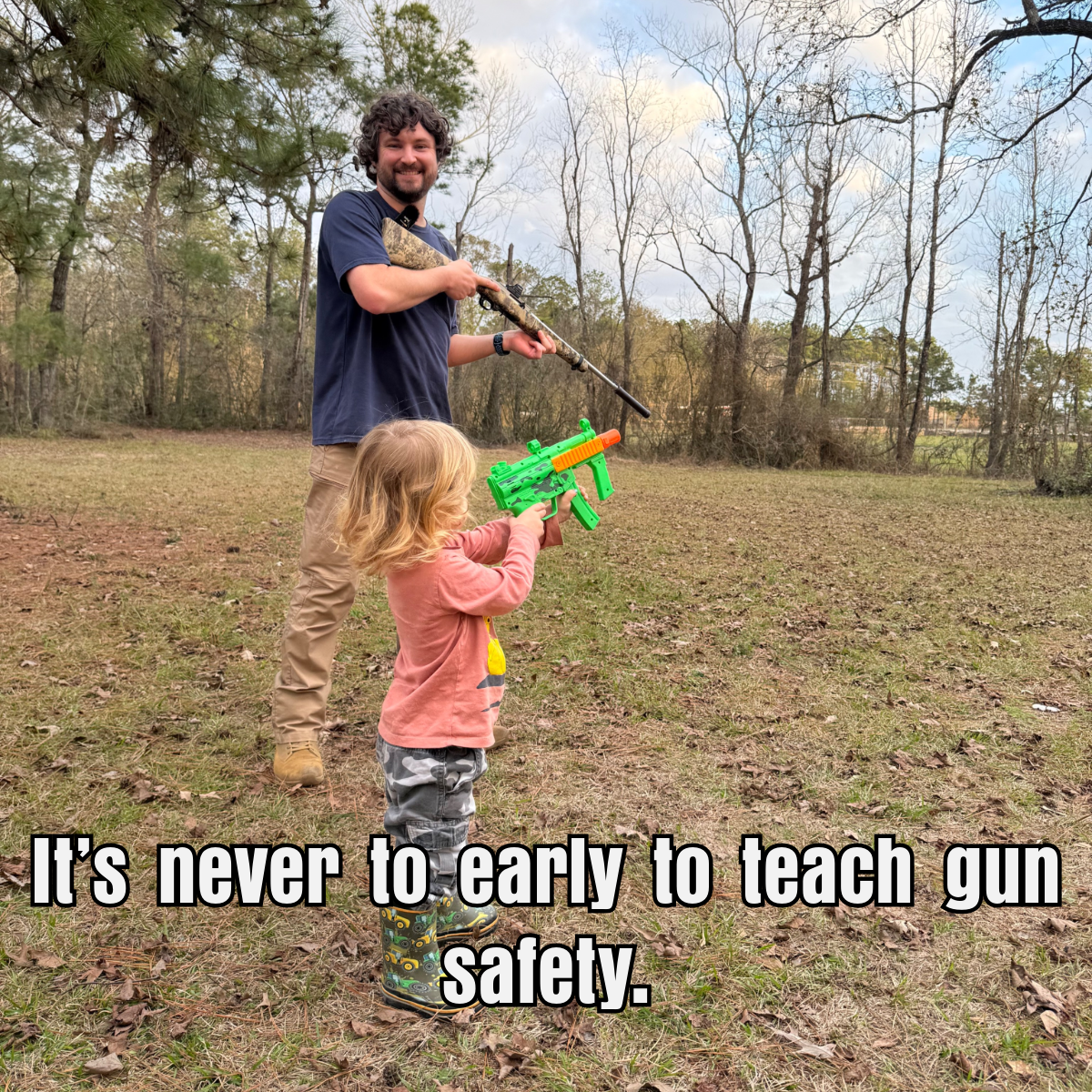
Nothing reinforces your own habits like teaching someone else. If you have children, involve them in safe gun handling discussions. Make it clear that access doesn’t equal permission, but also that ignorance is far more dangerous than knowledge.
Tip: Use simple phrases like:
– “We always treat it like it’s loaded.”
– “Keep your finger off the trigger.”
– “Where’s it pointed?”
Then demonstrate. Over and over.
4. Use a Visual Safety Reminder
Post a version of the Four Rules on your gun safe, in your range bag, or inside your gun room. Here’s a printable version you can hang up: 4 Rules of Gun Safety
Safe Gear Is Part of Safe Habits
Your environment matters too. A few tools can help reinforce safety and prevent accidents:
– Pistol safes with RFID or biometric access
– Chamber flags for dry fire and transport
– Range training aids like dummy guns for kids or students
– Snap caps/dummy rounds for trigger control practice
Investing in safety gear isn’t just smart, it’s a statement that you take this seriously.
Last Words: Safety Is a Lifestyle
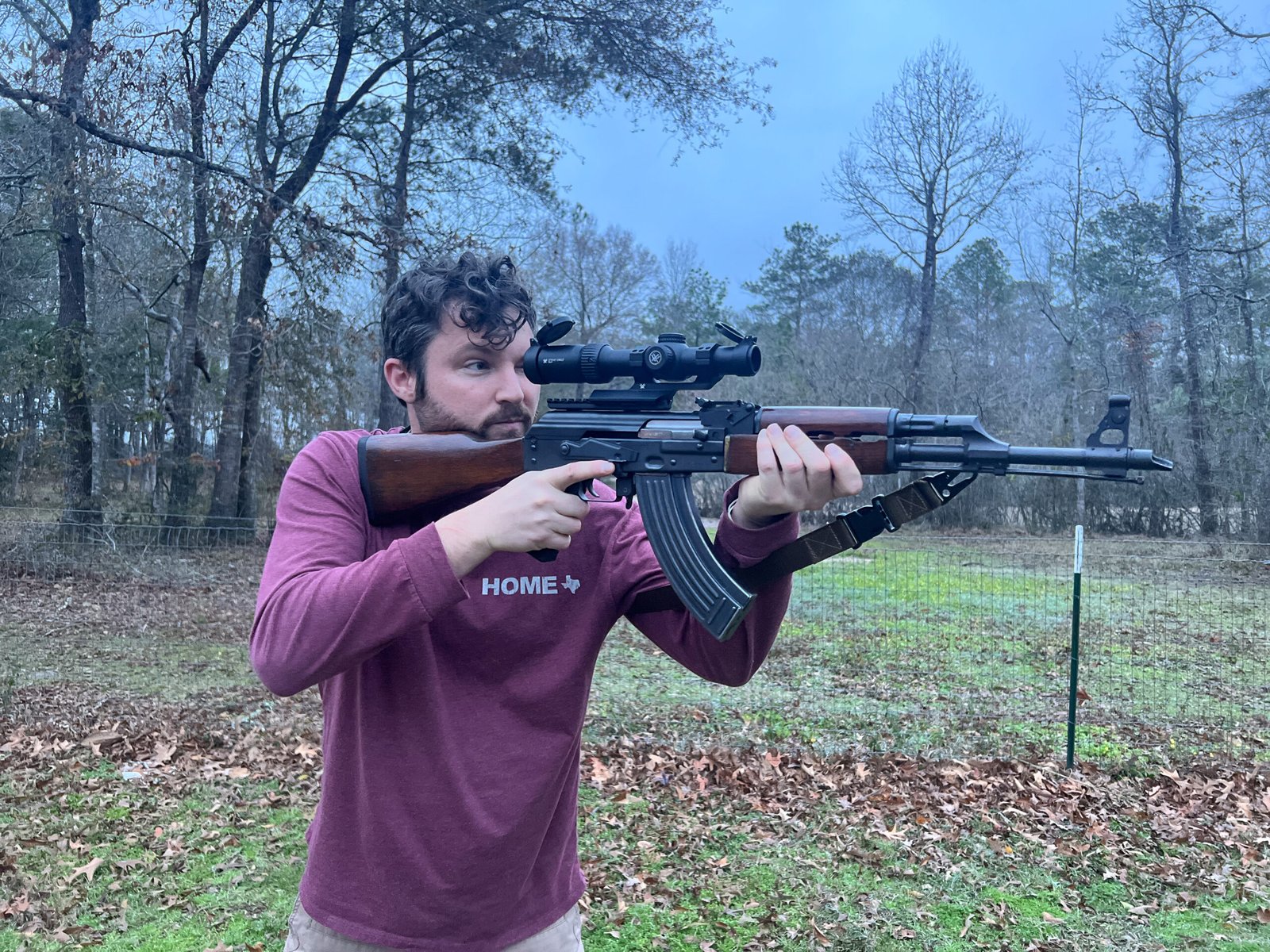
Gun safety isn’t just about “not messing up.” It’s about building a culture of responsibility that follows you from the range to the woods to the living room. It’s how we show respect for the tool, respect for the people around us, and respect for the freedom we exercise every time we pick one up.
Whether you’re brand new to shooting or teaching your kids the ropes, commit to living out the Four Rules every day. They’re not just habits, they’re values.
Help ensure you don’t miss out on our content. Check out latest articles.

